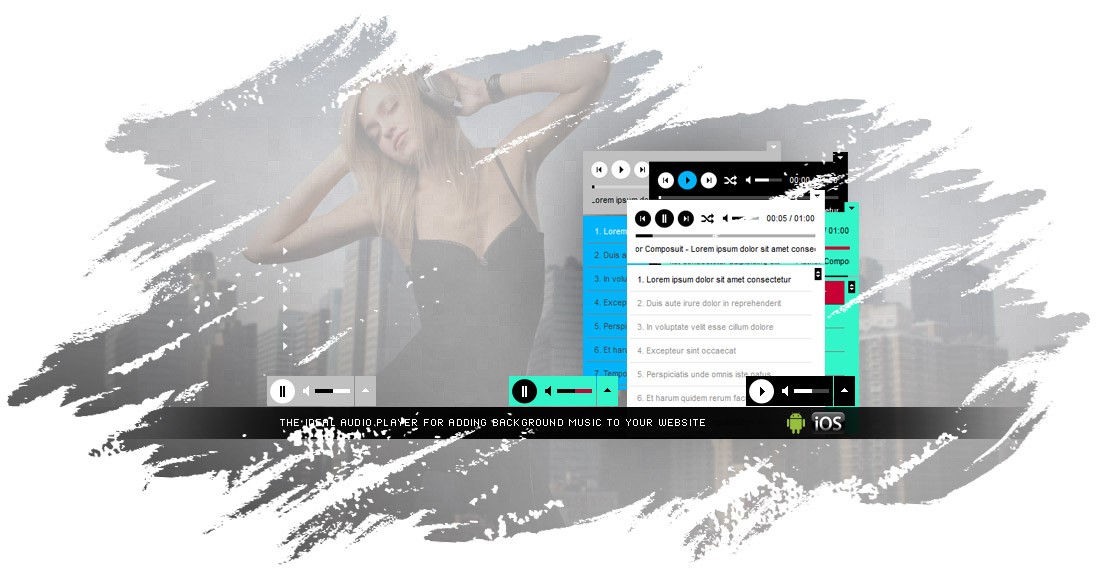

So now we know how to define our audio sources, and the browser will happily pick the first source that it supports. If not, supplied the browser will guess and take a trial-and-error approach to detecting the media type.Ĭool.

Although not strictly necessary, this attribute allows the browser to know the MIME type and the codecs of the supplied media before it downloads it. Note that you can omit the codecs portion of the type attribute, but for robustness and efficiency, I recommend you supply the browser with as much media information as possible.Īlong with the source, we specify a type attribute. In this code, we also place a fallback solution after the elements. Here we define the element and the sources to use. To set up HTML5 audio in the most robust manner, you could write something like this:
#Html5 audio ogg code
When defining sources in your code or markup, you can also specify the MIME type, which will help the browser identify the media correctly. Further, in the case of a fallback solution, Flash does not support gzipped media. Most formats are already compressed, and there’s limited support for those that aren’t. Tip: Do not apply gzip compression to your media files on the server. In the case of the Apache web server, this means adding the following lines to your. Server Side #įirst things first: your media server should be configured to serve correct MIME types. MIME types (also known as Internet Media Types) are a way of defining file formats so that your system knows how to handle them. So how do we get started? Well, there are a few things we need to do to prepare the ground. That’s what I’ll attempt to do in this post. Ī good way of understanding how the land lies is by going through a few use cases. With many new advanced audio APIs being actively worked on and plenty of improvements to the existing native audio we all know and love, it’s certainly an exciting time to revisit the heady world of.

Now, two and a half years later, it’s time to see how things are progressing. It may well be worth reading if you want to get a feel for the element and associated API. This is a follow up to my 2009 article Native Audio in the Browser, which covers the basics of HTML5 audio.


 0 kommentar(er)
0 kommentar(er)
